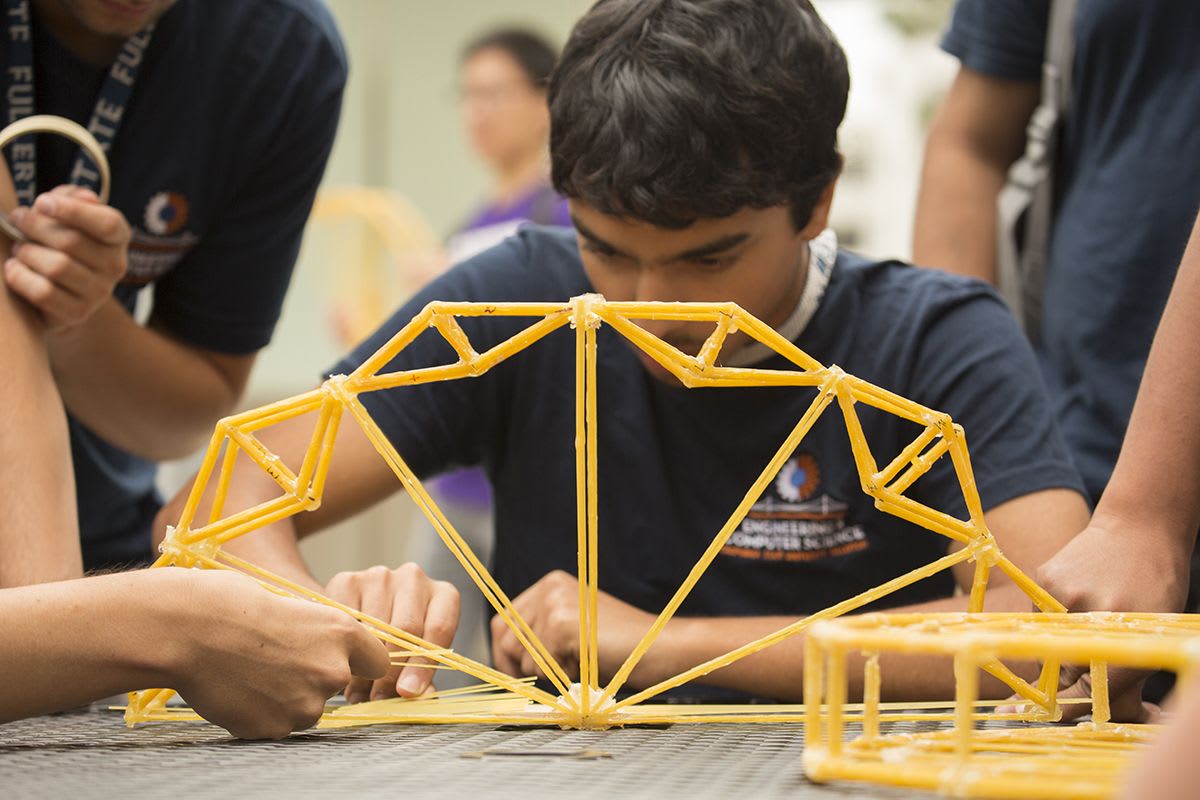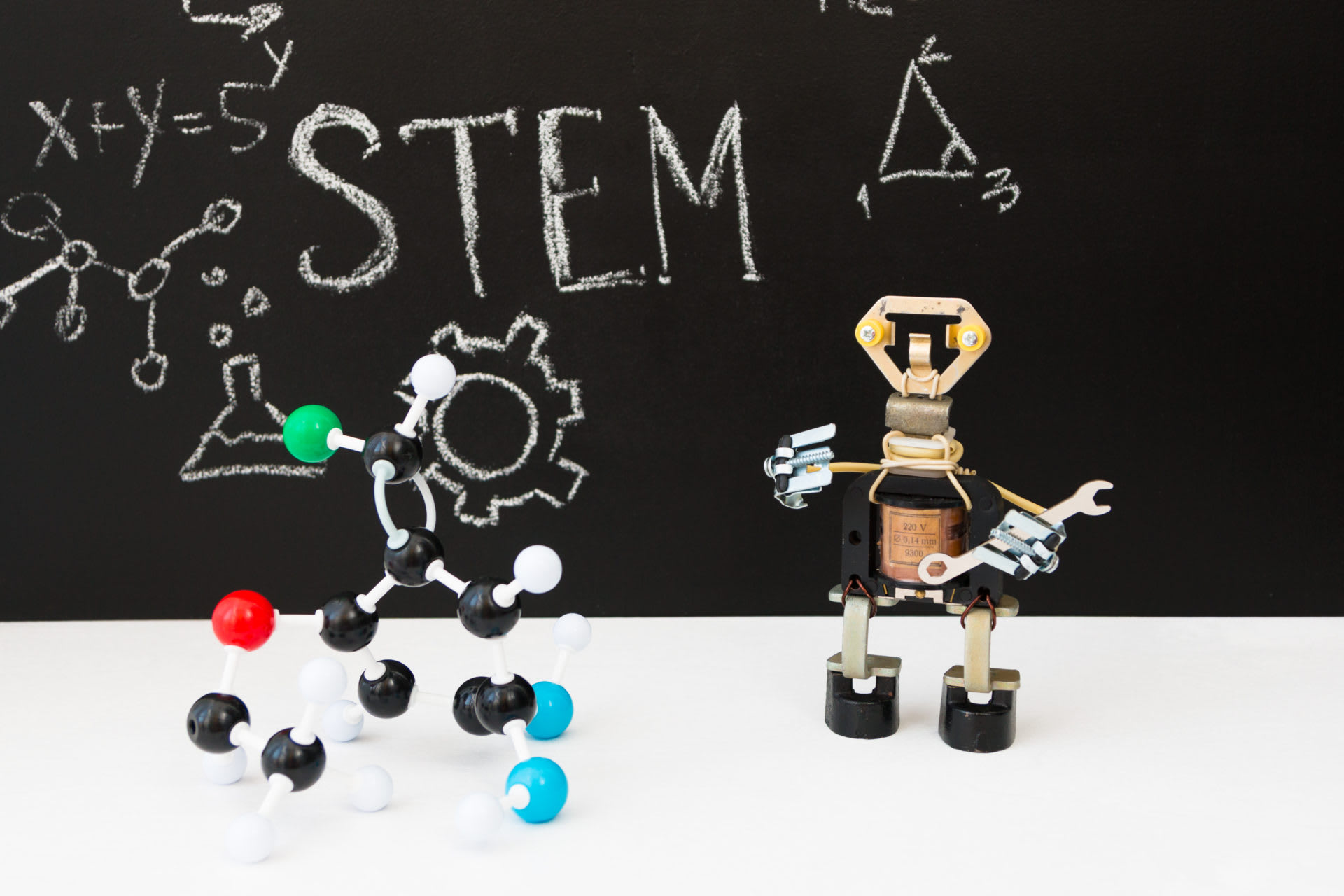While STEM stands for Science, Technology, Engineering, and Math, STEM education is far more than linking those subject titles together. It’s a philosophy of education that encourages curiosity and embraces teaching content and skills in an a way that resembles real life – and that’s exactly when you want to look for when searching up the best STEM lesson plans out there.
Consider for a moment what would make you most interested in becoming a Civil Engineer: reading about bridges, watching a video called ‘The Longest Bridges in the World,’ or taking part in a hands on design challenge to build the longest spaghetti bridge? The experience of actually building a structure, more than the other choices listed, would probably most spark your interest in the career path. This theory is one driving force behind STEM education.
What makes a good STEM lesson? The specifics undoubtedly change depending on the grade level, subject matter, and learning outcomes but there are some key characteristics to keep in mind when developing a STEM lesson — or scouring the web for lessons to try in your classroom. The following are five characteristics of the best STEM lessons:
Hands On STEM Lessons
The best STEM lessons require students to interact with the concept with their hands, whether it be through designing, building, creating, role-playing, or any other inventive and discovery-based process. To be most effective, hands-on activities should mimic a real-world scenario as much as possible.
The best part about the hands-on nature of STEM: it encourages students to be attentive learners! This might be one reason why hands-on activities lead to higher retention rates as compared to demonstration, reading, or lecture.

Found on Pinterest
Great STEM Lesson Plans Address Everyday Problems
The best STEM lessons allow students to investigate and seek solutions for real and relevant social, economic, and environmental problems. Investigating the how and why behind these issues removes the classic “when will I need to use this?” or “why do I need to know this?” questions students often ask when learning math and science concepts. It makes sense that students tend to be more engaged when they are able to seek connections between the concepts in the classroom and concepts in the real world. Just like with hands-on activities, the relevancy of STEM topics leads to higher retention rates over time.
Integrates and Applies Grade-level Content in Math and Science
The best STEM lesson plans strategically integrate science and math content, within the activity. Rooting curricular content and processes in real world problems gives students a “need to know” and keeps them engaged in learning.
Uses the Engineering Design Process (EDP) for Solving Problems
The best STEM lessons use the engineering design process. This process gives students a way to think systematically about solving a problem or design challenge. In this process, students define problem(s), conduct research, discuss multiple ideas for solutions, develop and create a device or prototype, and then test, evaluate, and redesign them. This process sounds a little like the scientific method – many steps are similar, but during the Engineering Design Process, students try their own research ideas, take many different approaches to finding solutions, make mistakes and learn from them – and then try again. The focus is on learning how to develop a solution.
Expects Students to Work in Productive Teams to Solve the Problem
Encouraging critical thinking, problem solving, persistence, collaboration, and communication is key to a great STEM lesson plan. It is no longer enough for students to have a surface-level understanding that enables them to regurgitate basic facts and procedures. Good STEM education means helping students see that these subjects are all connected and enabling them to develop soft skills for the world in which we all live and work.
Now that you know what to look for in a great STEM lesson, you are likely wondering where you can find appropriate STEM lessons and career readiness lessons for your own classroom. Chances are, there are already a number of great lessons that fit these criteria, posted online. Can’t find any lessons you like? Create your own!


